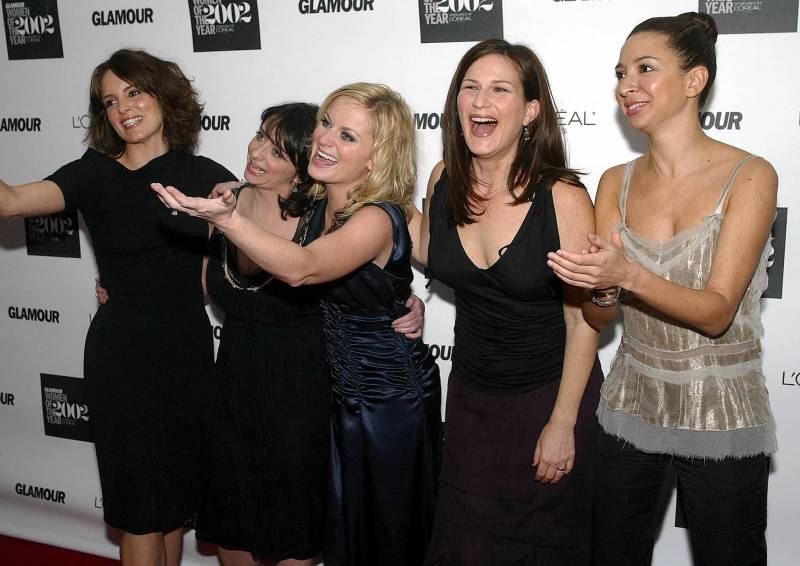Overall, the lawsuit describes a top-down culture where both the hedonistic history of the show and Lorne Michaels himself established a tone on set that left badly behaved men unaccountable, and talented women feeling expendable. One part of the complaint even notes: “Over the years, Michaels has famously surrounded himself with a bevy of young, blonde, conventionally attractive female assistants, widely known as ‘the Lornettes.'”
What’s in Doe’s lawsuit is what happens when cultures are built on a solid foundation of male entitlement and female marginalization. It’s what happens when a boys club sets the standards of behavior, and everyone else is forced to adapt or get the hell out.
The suit also notes just how many of the women of SNL have hit their limit and done the latter. One section states:
Female cast members over the years have described their experiences in extremely negative terms. For example, Jane Curtin (“World War I”); Julia Sweeney (“Just thinking of [the Lornettes] makes me so happy I quit”); Janeane Garofalo (“The most miserable experience of my life”); Nora Dunn (“Traumatic”); Julia Louis-Dreyfus (“Very sexist, very sexist”); Anne Beatts (“The only entrée to that boys club [for women] was basically by fucking somebody in the club”); and Ana Gasteyer (“When I first came to [SNL], women were so—it was so presumed that you were going to crash and burn and be destroyed and chewed up and eaten up by the show that I had nowhere to go but hope.”)
It’s easy for us now, in a post-#MeToo age, to read the lawsuit’s allegations and question just what the hell the women of SNL were thinking. But any woman who has ever attempted to work in a field traditionally dominated by men will tell you that turning a blind eye and keeping one’s head down can often become a means of survival, rightly or wrongly. (The lawsuit itself states repeatedly that Doe continued communicating with Sanz after their relationship soured because she had ambitions of writing for the show.)
This suit, then, is a reminder that the mere presence of women in a workplace does not automatically erase a misogynistic foundation. Especially when that foundation was laid decades earlier and then enthusiastically permitted to exist in the years since. Putting women in publicly prominent positions is simply not enough to transform toxic work environments, without other interventions taking place.



